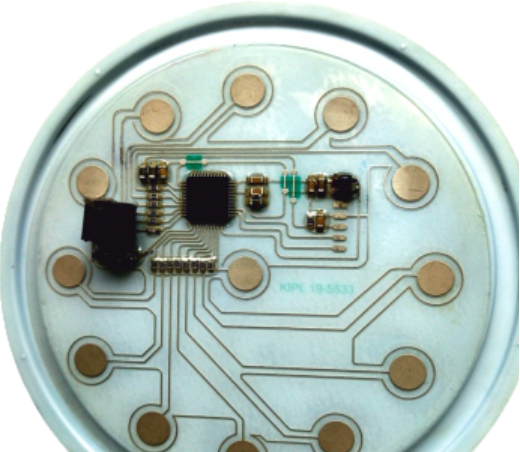×


In-Mold Electronics (IME) combines traditional In-Mold Decorating (IMD) technology with Printed Electronics. This integration produces an aesthetically appealing, highly functional, lightweight, and cost-effective alternative to conventional Human-Machine Interfaces (HMI) that rely on mechanical switches.
IME is gaining popularity in the automotive, medical device, and white goods industries for creating smart surfaces within their products.
In the near future, other markets are expected to adopt this technology as its advantages and growing consumer interest become more widely recognized.
An IME application typically begins with sub-surface screen printing of multiple layers of decorative, conductive, and dielectric inks onto polycarbonate or polyester film. After curing, the printed films are thermoformed into a 3D shape and then die-cut from the sheet. These thin, imaged 3D forms are placed into an injection mold, where clear or colored resin is injected behind them.
The finished part is a rigid plastic component with integrated functionality. Surface-mount components such as LEDs and connectors can be added either before or after the forming and molding processes to enhance functionality.

In-Mold Electronics (IME) is a groundbreaking method for integrating electronics directly into plastic components. It offers vast opportunities for product designers and electronics manufacturers to develop 3D-contoured smart surfaces. IME allows for the creation of ergonomic, lightweight, and durable parts using cost-effective manufacturing processes, reducing the need for complex assembly and minimizing moving parts.
As a long-standing supplier for In-Mold Decoration (IMD) and Film-Insert Molding (FIM) applications, Keetronics is well positioned within the value chain of the appliance, automotive, industrial, and medical electronics markets. With the latest generation of Keetronics IME electronic inks, you can now integrate touch switches and lighting into IMD/FIM applications using best-in-class electronic materials designed to endure even the most demanding conditions of the injection molding process.